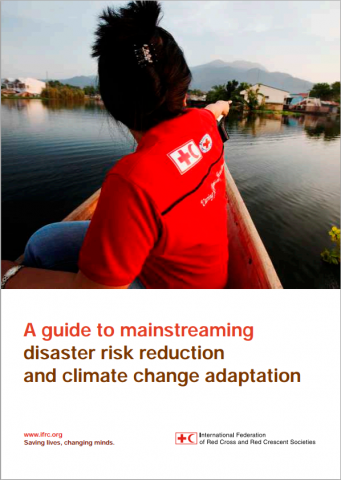Accessing climate finance: an overview
Defined as the biggest challenge of our century, climate change is and will increasingly affect the work of National Red Cross and Red Crescent Societies and other humanitarian organizations. Amongst others, some of its most direct impact are reflected in increased climate variability (already experienced in several parts of the world) and in the rising […]
Accessing climate finance: an overview Read More »

